How to Survive in a Stranded Car During Winter
Have you ever experienced frigid cold temperatures that made it entirely impossible to get your car started? Or, have you ever had a flat tire in the dead of winter that left you stranded in the middle of nowhere? I’m sure that some of you at one time or another have even been caught up in a freakish snowstorm that forced you to pull over for an unforeseen amount of time. And to make matters worse, say you were unable to reach out to AAA or a friend because of poor cell reception. What would you do?
The month of January will go down as a particularly challenging month. for severe winter weather, There were weather alerts all across the country, freezing rain, snow drifts from high winds, and extraordinary amounts of snow on the ground. All these contributed to multicar crashes and pileups on freeways and cars being stranded due to closed roads that trap you in place.
How to Survive in a Stranded Car During Winter
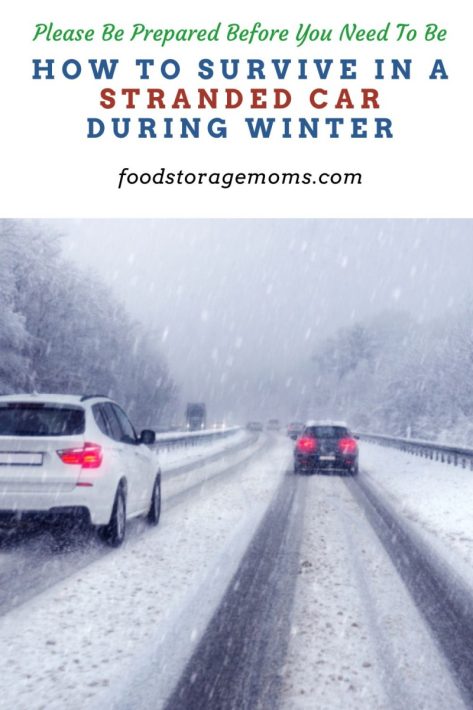
Surviving in a Stranded Car During Winter
While these scenarios may not exactly seem dangerous enough to be considered life-and-death situations, if the temperature were to drop below freezing for long enough, each one of them has the real potential to turn deadly. Do you know how to survive for at least a day in a stranded car during the winter?
Do These Two Things Before Driving Anywhere
Did you realize that nearly 70% of all winter-related injuries occur in an automobile? And don’t think for a second that all of them have to do with some type of car accident, because they don’t! Many of those injuries occur from winter storms, which result in frostbite and hypothermia when people have been left stranded in their vehicles during freezing conditions. These are two critical things that you should always do when you have to drive in winter conditions.
First, tell someone where you’re going. Besides that, you should also let them know what route you plan on taking to get there and that you’ll contact them when you arrive. If you don’t reach your destination and they’re not able to get ahold of you, they’ll be able to alert authorities quickly and have a better idea of where to look.
Secondly, make sure that you pack the right winter supplies. Surviving in a stranded vehicle in cold weather will be made a lot easier to manage when your vehicle is stocked with all the necessary winter supplies. The following are emergency supplies that you need to consider storing in the trunk of your vehicle.
- First-aid kit
- Essential medications
- Flashlight (extra batteries)
- Jumper cables or booster cables
- Battery charger
- Portable charger and your cellphone
- Tow chain, rope, or strong cord
- Blankets and extra clothing
- Long johns
- Snow boots and warm wool socks
- Gloves/mittens
- Hand and footwarmers
- Matches and candles
- High-energy snacks like candy bars and water
- Ice scraper, snow brush, and snow shovel
- Road flares or warning triangles
- Windshield wiper fluid
- Kitty/cat litter or sand (for traction)
- Toilet paper
- At least half a tank of gas at all times – see discussion below
Extra Things to Keep on Hand Just in Case:
- Duct tape
- Paper towels
- Cell phone charger
- Clorox wipes
- Road salt to help melt snow around your tires and for traction
- Garbage bags
- Water bottles
- Antifreeze to protect your radiator and car engine
- Rags
These essentials will not only help you stay warm if your car breaks down, but they could also mean the difference between life and death in an emergency situation. Remember to check the condition of these items twice a year for any necessary replacements. This emergency kit is worth having on hand for all emergencies!
Keep Your Gas Tank Full During the Winter
This should be done no matter what time of year it is, since running out of fuel in the middle of nowhere could still land you in a world of hurt even during milder temperatures. In the winter, however, it could be potentially deadly because there’s no telling how long you’ll be stranded. Even though your vehicle’s gas gauge may show that it’s hovering at 1/8 of a tank, there’s always the possibility that the gas could freeze up from water condensation and your car wouldn’t start. A full tank of gas could literally change your life.
Don’t Set Out on Foot
Unless you’re close by to a local business or the home of someone that you can feel comfortable with, don’t set out on foot during frigid cold temperatures and make your body temperatures below a critical level. It won’t take long for frostbite and hypothermia to set in. It’s best to stay put in your vehicle where it’s not only a few degrees warmer, but people will be able to find you faster, especially if you leave your hazards on and road flares set out.
Turn On Your Vehicle Every So Often
While you certainly don’t want to run your vehicle the entire time you’re stranded, it’s best to do so every half hour or so to provide heat for you and your other passengers. But before you do, be sure to check that your exhaust pipe is not blocked with snow or mud because that could cause carbon monoxide to back up into your vehicle and make you subject to carbon monoxide poisoning. This would put you at even greater risk, so it also wouldn’t hurt to have a carbon monoxide detector tucked away with your emergency supplies as well.
Dress Appropriately
If your car does break down and leave you stranded in freezing temperatures, hopefully, you’ve dressed appropriately before setting out. Before you leave the house, make sure that you’re wearing as many layers as possible without restricting your movement. Start off by wearing a form-fitting base layer, followed by an insulating mid-layer, then top it off with an outer shell layer made from either wool or synthetic material that is lightweight and water resistant.
You’ll also need to have enough pairs of socks, gloves, and hats for everyone traveling with you. Remember, you can always take layers off when you’re too warm but you can’t keep warm if you don’t have the proper winter clothing on in the first place.
There is also the chance you could provide some clothing for other motorists who didn’t plan ahead and are stranded too.
Keep Moving and Try to Stay Awake
Our bodies naturally lose heat when sitting still for extended periods of time, so it’s important to keep yourself active in order to stay warm. Try to move all your extremities such as your arms and legs every fifteen minutes or so. Also, make sure that you don’t fall asleep if at all possible. If you must take a nap then try not to doze off for more than 15-20 minutes at a time as sleeping for too long will only decrease your internal temperature further.
If others are with you in the car, consider taking turns so someone is awake at all times.
Make Yourself Visible
When the reception isn’t good enough on your cell phone, find ways to make yourself visible in order to alert other drivers that may be passing by. Put the hazard lights on, hang something white out of the window, set off flares or warning triangles, or even make a snowman in front of the car. Anything that you can do to attract attention is worth considering, as this could be what ends up saving your life in an emergency situation.
Calling for Help
Finally, if you’ve done all the above and are still unable to get help then it may be time to call for assistance. Call 911 and explain to them your situation. Make sure that they have an exact GPS location or mile marker on the highway before hanging up. That way they can send out help immediately once they receive your call.
If you don’t have good cellphone reception at the time, try texting 911 instead because it’s more likely to go through than a phone call. But be aware you’ll need to provide them with more information, like what city and state you’re in along with the road being traveled because they’ll have a much harder time tracking the text message. Believe it or not, but a winter survival kit can save your life.
How can I get my car unstuck by myself?
Hopefully, you have many of the items listed above, like a shovel, some road salt, or kitty litter. All of these can help improve the traction around your tires. One other tip is to clear the snow and then put your floor mats in front of the tires since they can provide a clean surface for the tire treads to grab onto.
Be careful when working around your car so that you don’t step into traffic, have the car roll over your feet, or remain hard to see by others. Set your brake when working around the vehicle, turn on the lights so others see you, and be cautious at all times.
More Car Tips:
- How To Make Your Own Emergency Car Kit
- Emergency Car Toilet You Need In Your Vehicle
- What You Need in Your Car for Winter
- If the road you’re on during the storm is wet or snow-covered, don’t use your cruise control when driving. You’ll want full control of the speed you travel under those conditions.
Final Word
These tips should help you survive any potential emergencies when it comes to stranded vehicles during freezing weather conditions. Can you think of any other useful information that could help someone if they’re ever stranded in their vehicle? I’d love to hear what you come up with! May God Bless this world, Linda
Copyright Images: Snowy Roads AdobeStock_74301804 By Petair

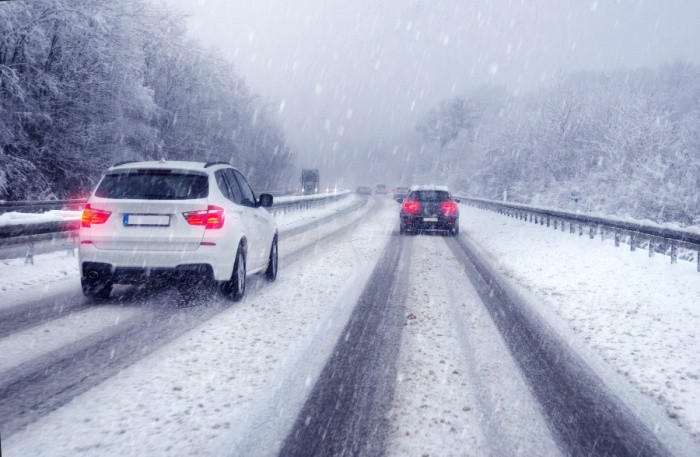

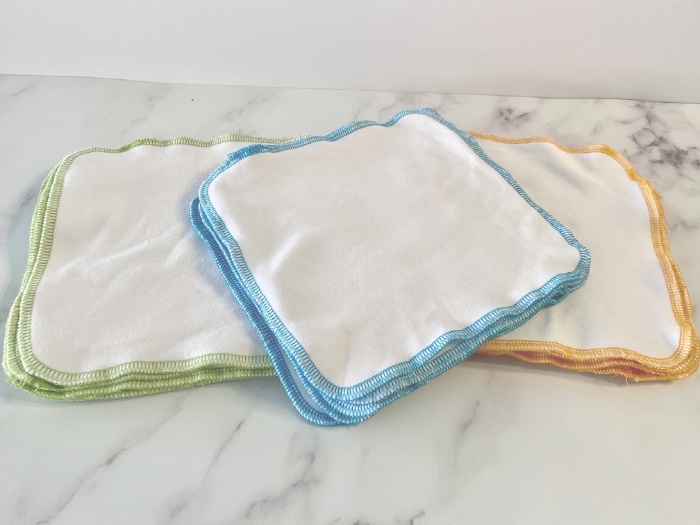
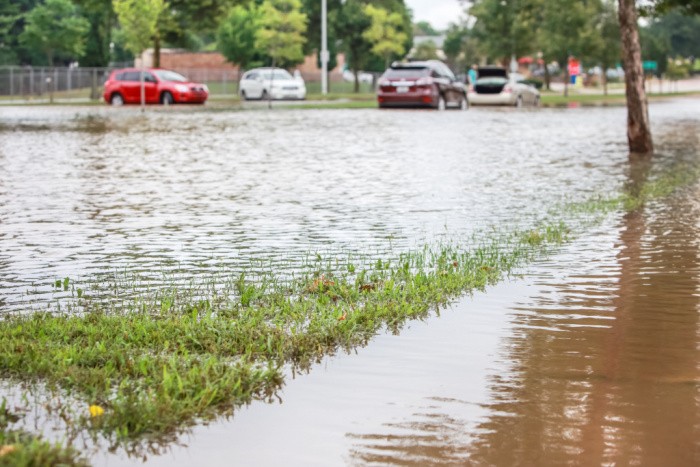
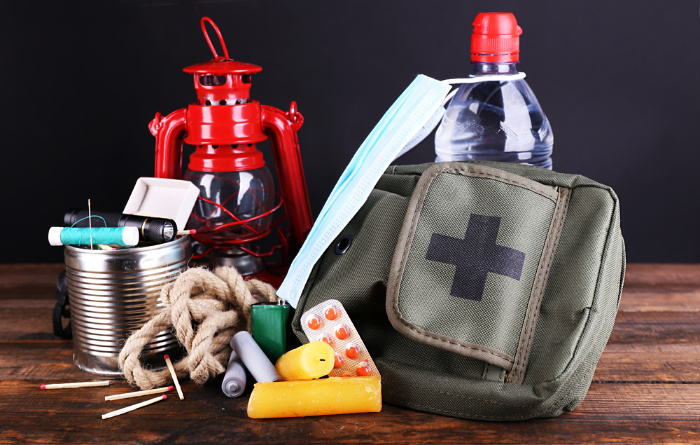
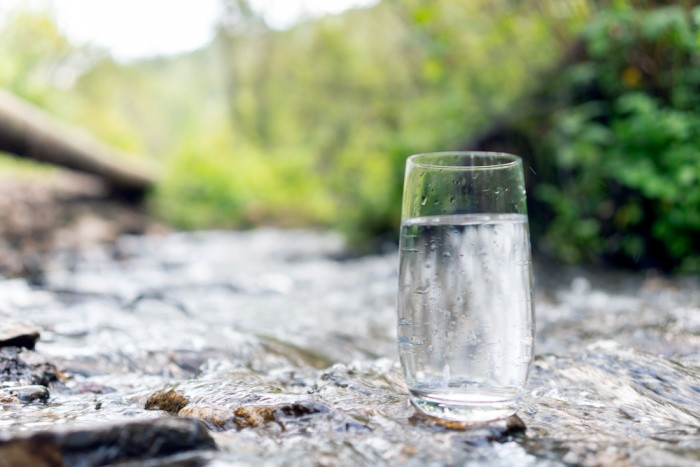
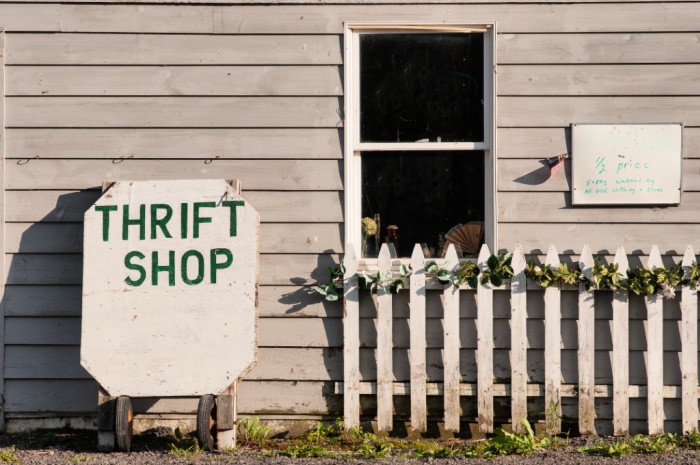


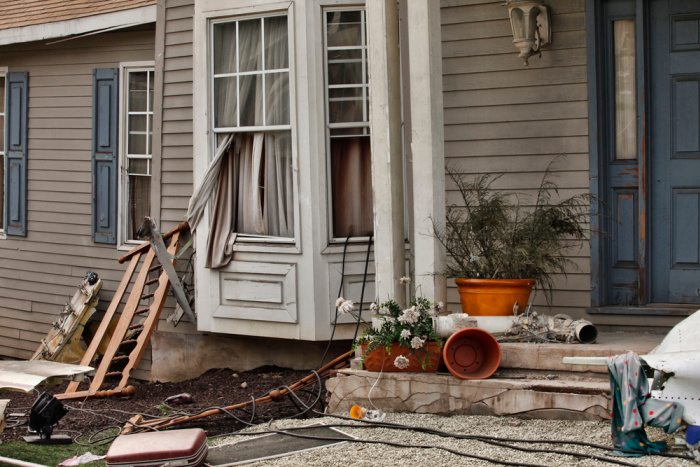
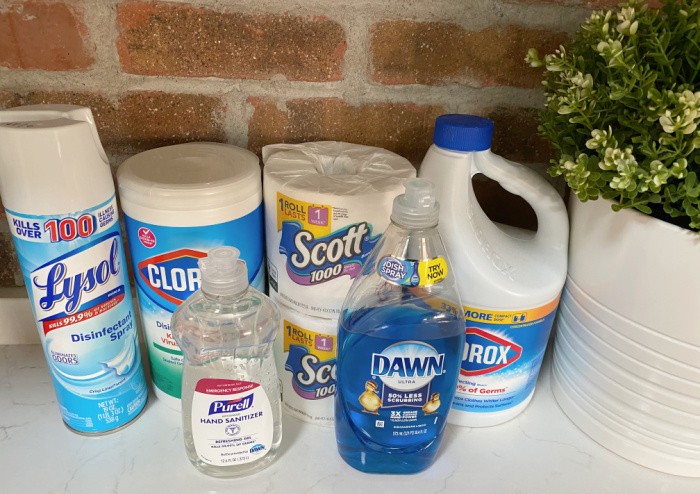

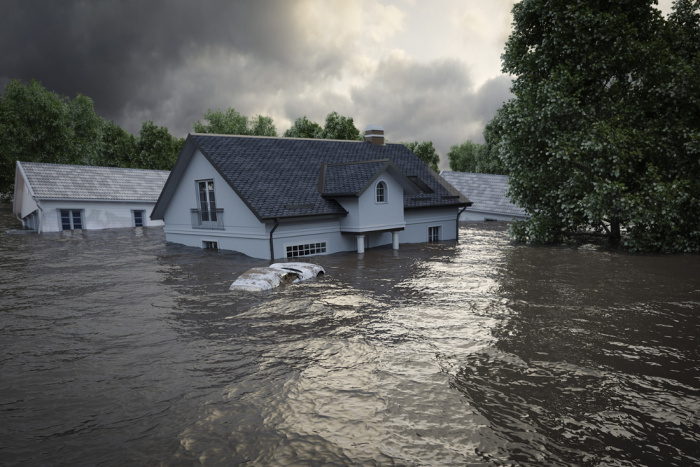


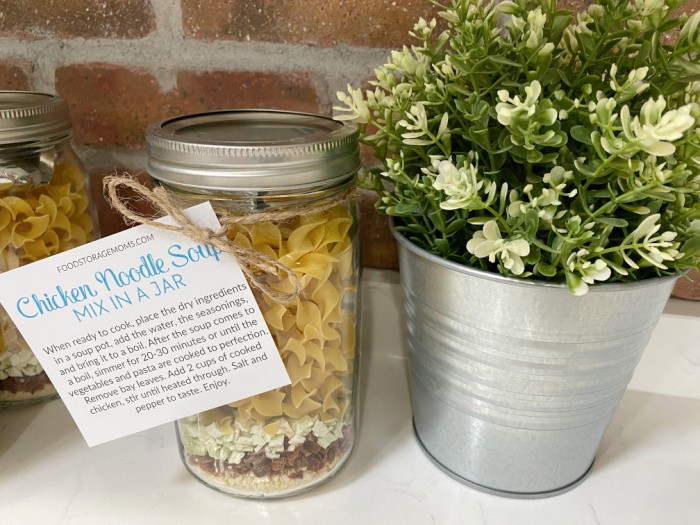
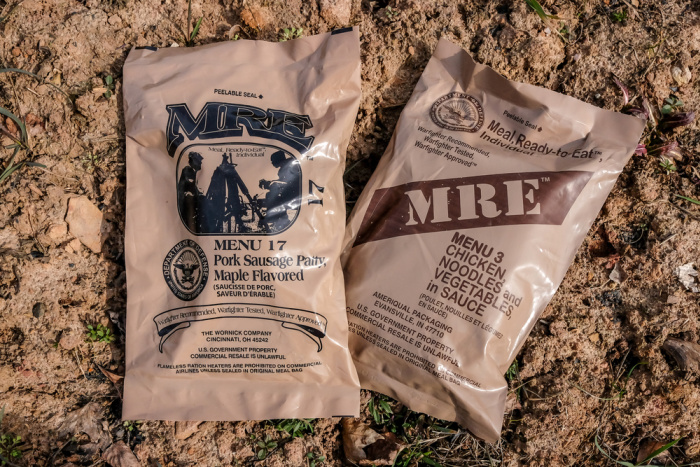

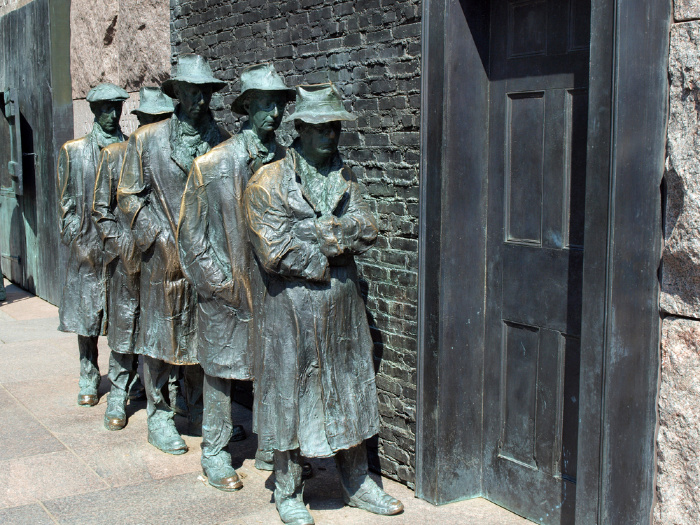


Excellent and timely post! The note about clearing the exhaust pipe is essential. I was so saddened to hear that one of the deaths in Buffalo during their recent snowmaggedon was due to carbon monoxide poisoning. Another good idea are the survival candles, which, if used properly, can heat a small area. Blankets (I have a small bivvie sack) are also really important.
Hi Monica, thank you for your kind words. This year has had so much snow here and there and just about everywhere!!! It’s a just friendly reminder to be prepared no matter what. Linda
Setting out on foot is gonna be dependent on the persons capabilities. If your 10th Mountain trained and 30 with a go bag vs overweight gets winded shopping and ill equipped there will be a major difference in outcome.
A few years back we had a snowstorm that had 5-6ft drifts and many left their cars and a farmer took them in including a deputy. They later found a guy froze to death within view of the house who didn’t want to come in because he had a warrant and was afraid of the deputy.
Make a serious consideration of buying the most capable vehicle vs the most good looking or high tech. We had ice this morning and I pushed a button for 4×4 and did just fine driving without the Bluetoothed projection screen tinted automatic sunroof.
If you’re gonna force the issue of driving then get chains/cables rated for your vehicle. Yes they aren’t fun to put on but neither is sitting in the ditch. And if they don’t make them for your vehicle it’s because it shouldn’t be out there to start with.
HI Matt, wow, thanks for sharing that story!!! We have always had a 4 x 4 car, yes, even our only car is a 2009 Honda CRV! When we need it, we need it. It does not work on ice, and we have had several deaths on highways because people think if they have 4 x 4 cars and trucks they can drive 85 miles an hour. Good grief, people need to slow down when the weather is terrible or stay home. It puts families at risk as well as our truckers and highway patrol workers. Great comment, Matt! Linda
Brings back memories of my Yukon days, old vehicles frequently breaking down in sparsely travelled areas. First thing we did was put our parkas back on (you get more people in the vehicle if they aren’t wearing their big fat parkas) then go light a fire and make some tea. People always travelled prepared with tools, food and big sleeping bags. If it was really cold you could light more than one fire and stay in the middle, also make a “floor” of pine boughs to keep your feet out of the snow. If you were lucky someone came along eventually or you managed to get the vehicle going again. Since there’s no place to plug in a car out in the bush we used a propane torch and section of stovepipe with an elbow to heat up the engine if it got too cold. Some people used an old gold pan full of coals. Careful attention required! The first car to come along would see the fire and stop to see if you need help. When I still had a car down here in warmer and busier climates I still travelled with a full kit but switched to an emergency stove for my tea and instant soup.
Hi Alice, oh, you had a plan, my friend, if your car or truck broke down. Bravo! There are certain areas in Utah anyway, you do not drive if its snowing or icy. If you are lucky you can make it if you have chains, but I stay home. OR I watch the weather and only drive when the weather is safe to drive in. Great tip you shared, thank you! Linda
Excellent article Linda!
Hi Paula, thank you, my friend! Linda
Excellent if you live in an area that gets that much snow.
This is excellent if you live where you get a lot of snow, but where I live that isn’t the case. We are more concerned with earthquakes, especially one that might be a 8.0 or a 9.0. We are overdue for one . Both of these items require us to be prepared.
hewre
HI Cheryl, we get snow here in Northern Utah, but we are way overdue for an earthquake as well. An 8.0 or 9.0 would be super bad on the Wasatch Front for sure or anywhere for that matter. Linda
I always warned my kids, once they started driving, if the weather or the roads were questionable, wherever they were going better be worth $1500. (our deductible) . We also required our kids to be on their permit for two winters, because winter driving is a whole different animal. I do think it is best to stay off thruways and expressways. Local populated roads at least of a chance of refuge. A good number of people who died during the Buffalo Blizzard might still be with weus today if they just stayed home….. even if home was without power. The snow and wind was so bad plow truck drivers couldn’t even see their windshield wipers in front of them. Be prepared is a good way to go, but staying home or at work is the safest way to go. We are expecting wind chills tomorrow of -20. Smart people will be ready.
Hi Chris, oh my gosh wind chill factor -20 degrees, yikes! I really love your statement, “Smart people will be ready”! You nailed it! Linda
I moved away from the snow, thankfully! Florida is alll sunshine, except during hurricane season!
Hi Jess, Florida sounds beautiful and full of sunshine! Linda
I just had a flat tire the other day and it reminds me to be prepared because otherwise situations that can be handled without too much fuss or effort can become a terrible and difficult experience.
Most people die from exposure, so clothing, blankets, heaters, food, etc., should be in our cars less we suffer due to laziness.
Hi Frank, you are so right! I would rather be prepared to fix a flat tire and be on my way. It’s better to be prepared than not know how to change a tire. Good one! Linda
In our area the problem will be the dams. If we get a 9.0 quake, we will have just a few minutes to get everything in our truck. The water level is expected to get over 100ft. Very scary! The Cascadia Fault line will cause trouble all over and probably into your area,too.
HI Cheryl, earthquakes will be hitting many areas. I can’t even imagine a 9.0 quake. I have a friend who is a builder and he will not build any home near a dam ever. Yeah, you can’t outrun a flood from a dam. Linda
My husband and I were bringing my 80something blind mother home from Sacramento to Reno. Naturally, the ONLY pothole in the road and my husband hit it. Exploded the tire, needless to say. So there we were, in our old 2006 van, packed to the brim with mom’s stuff – at night, in February, in snow. Sheez. Thankfully, we had Triple and a cell phone. Alot of good that did us, tho. We sat there for over 6 hours waiting for the tow truck to come change the flat. A highway patrolman stopped once but did nothing and never checked on us again. No matter how many times I called AAA, it didn’t help. Thankfully, we had blankets, a full tank of gas to warm the van but alas, no porta potty for my mom! Too old and broken to squat beside the road but we did manage to hold her up while she peed. We never travel without a go-bag, tools, quilts, water, trail mix, etc. but other than the quilts, that didn’t help too much with our particular situation. We learned a valuable lesson about travelling with older seniors who have disabilities. Both my husband and I know how to change tires, but we’re both broken enough that we couldn’t get to the VERY difficult position of the spare tire under the middle of the carriage, of all places! We try never to cross Donner Pass in the winter (or questionable weather) without a 4WD. In this case, we needed the van for packing. AAA finally arrived and changed the tire and we were good to go – oh, BTW, that particular company lost their contract with AAA over our incident. It was totally inexcusable for us to wait 6 hrs like we did. Moral of the story? As prepared as you think you can be, there’s always something that Fate throws your way that you’re not prepared for!
Hi Robbie, thank you for sharing your experience traveling and hitting a pothole. Boy, AAA made you wait 6 hours, yikes!! I’m so sorry to hear this!! The positive thing is you had blankets, supplies, and a full tank of gas. When we have to use the bathroom there is no waiting. Your sweet mom was so thankful to have you help her. I’m surprised the highway patrol didn’t help. That’s dangerous for everyone to be stuck alongside the road. That Donner Pass is one place I stay clear of in bad weather. I’m sure glad AAA finally came and got you on your way. Hugs, Linda